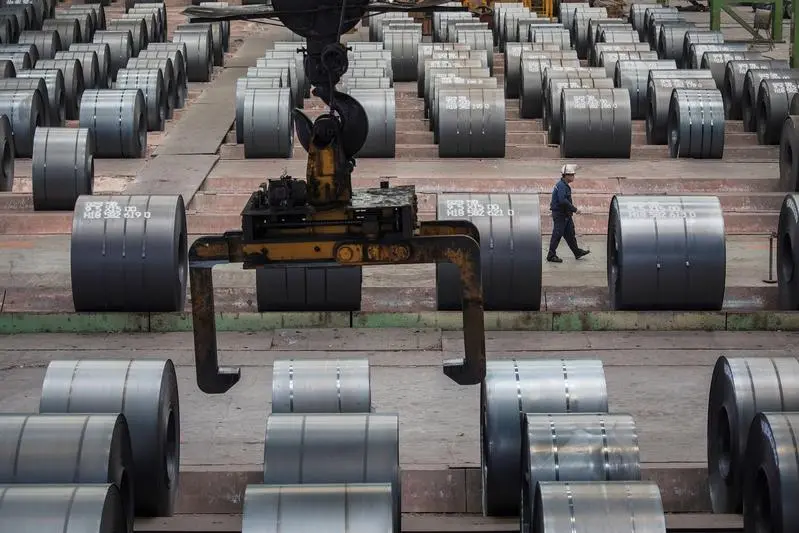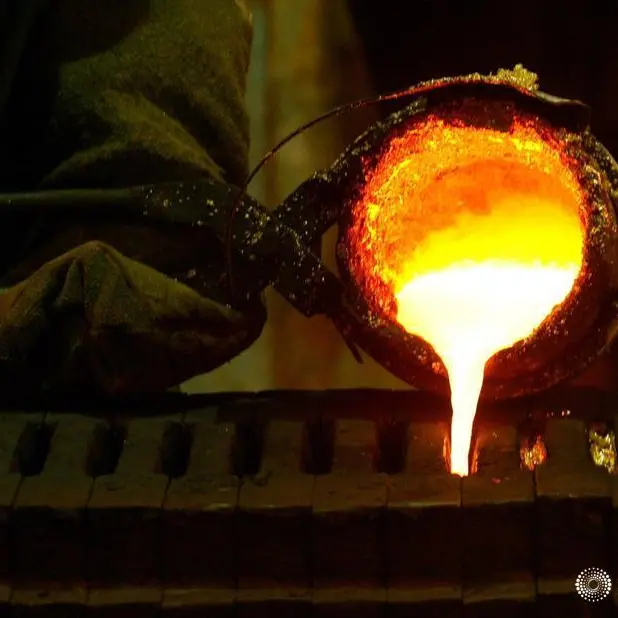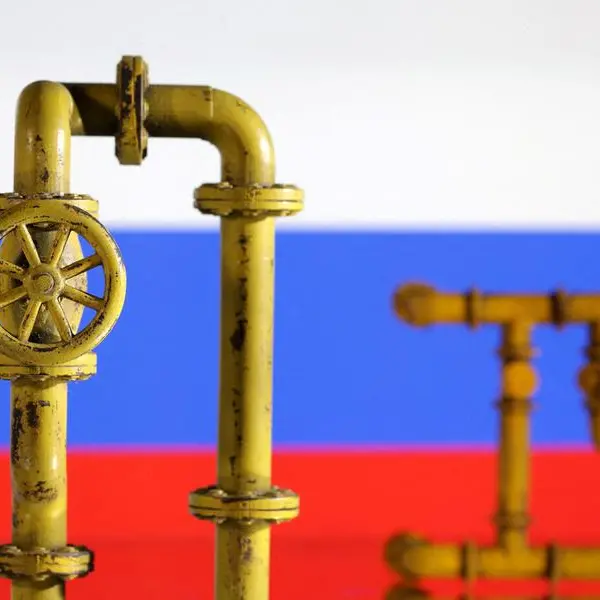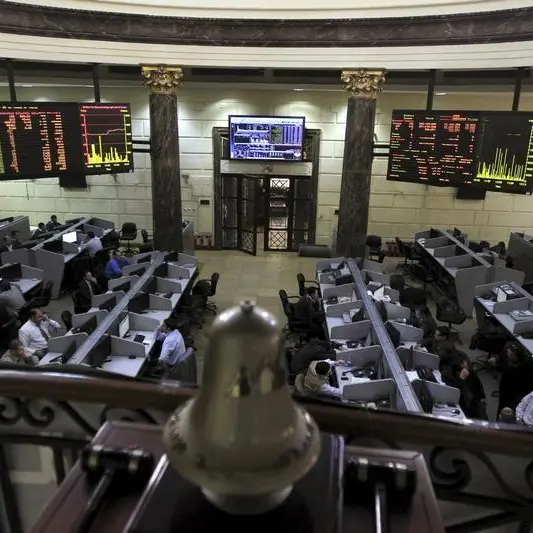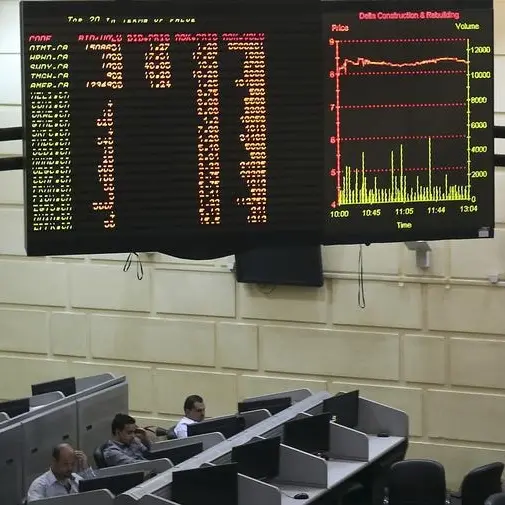PHOTO
(The opinions expressed here are those of the author, a columnist for Reuters.)
LAUNCESTON, Australia - What is likely to be a bigger factor for China's demand for imported metals - the ongoing release of copper, zinc and aluminium from strategic reserves or the weakening manufacturing outlook as economic growth moderates
Assigning a level of importance to either factor is likely a fool's errand. The only safe thing to say is that both are bearish factors and undercut the prevailing overall bullish commodity narrative as the world continues its uneven recovery from the coronavirus pandemic.
China's factory activity expanded in July at the slowest pace in 17 months, with the official Purchasing Managers' Index (PMI) easing to 50.4 from 50.9 in June, remaining above the 50-point level that separates growth from contraction.
The index has now declined for four straight months, and the breakdown of the sub-indexes is far from encouraging.
The sub-index for new export orders was at 47.7 in July, having dropped for three consecutive months, and is now at the lowest level in 12 months.
The sub-index for raw material costs rose to 62.9 in July from June's 61.2, underlining how high raw material costs have eaten into the profitability of industrial firms and likely deterred some Chinese exporters from taking on orders.
There is also relatively strong correlation between China's PMI and imports of major metals, copper and iron ore, the raw material used to make steel.
China's imports of unwrought copper have been trending lower since the sharp recovery from the coronavirus pandemic amid stimulus spending in the middle of last year.
They reached a high of 762,211 tonnes in July of 2020, and have been dropping ever since, except for a brief spike in March this year, when 552,317 tonnes were imported, a level still well below the surge in July last year.
Since that blip, copper imports have again slipped, with June's 428,437 tonnes taking them back to levels below the months when the coronavirus outbreak led to China shutting down most of its economy in the first quarter of 2020.
Iron ore imports have also been trending lower, with June's 89.42 million tonnes being the lowest since the 87.03 million in May 2020.
The pandemic stimulus spending had seen imports surge to a record high of 112.65 million tonnes in July last year, and in the 11 months since then, nine have seen month-on-month declines.
There is a caveat when it comes to assessing imports of copper and iron ore, namely that some of the decline, especially for iron ore, has been related to supply issues, with top exporter Australia suffering weather disruptions and number two exporter Brazil still battling coronavirus outbreaks, which have impacted mining operations.
SOFT IMPORTS
It's likely that iron ore imports may rise in coming months as supply issues are resolved, but it's equally likely that the gains will be modest given Beijing's moves to limit annual steel output in 2021 to the same level as in 2020.
China's July iron ore imports are estimated at 89.5 million tonnes by commodity analysts Kpler, and if the official result is around the same level, it would mean little change from what was a soft outcome in June.
Copper imports may also continue their downward trend in July, given the release of metal from the strategic reserves and a policy reversal that has seen imports of scrap copper surge.
China completed the second auction of metals last week, selling off 30,000 tonnes of copper, 50,000 tonnes of zinc and 90,000 tonnes of aluminium.
More auctions are possible as the National Food and Strategic Reserves Administration said it will continue to sell metals from its reserves in the near term based on market demand, supply and price trends.
The question for market participants was whether the volumes being offered were sufficiently large enough to make much of a dent in prices.
Certainly China's domestic zinc and copper prices have retreated in recent weeks, with Shanghai zinc futures ending at 22,585 yuan ($3,490) a tonne on Monday, a 2.4% decline from the 2021 closing peak of 23,135 yuan on May 19.
Copper futures ended at 71,450 yuan a tonne on Monday, down 7% from their 2021 closing high of 76,840 yuan on May 10.
These are relatively modest declines and attributing them to the release of strategic reserves, rather than a general softening in demand as economic growth moderates, would be a big call.
For now it appears China's role as a driver of the rally in price of metals is over, and it may become a drag if the trend toward lower imports continues in coming months.
(The opinions expressed here are those of the author, a columnist for Reuters.)
(Editing by Sonali Paul) ((clyde.russell@thomsonreuters.com)(+61 437 622 448)(Reuters Messaging: clyde.russell.thomsonreuters.com@reuters.net))
